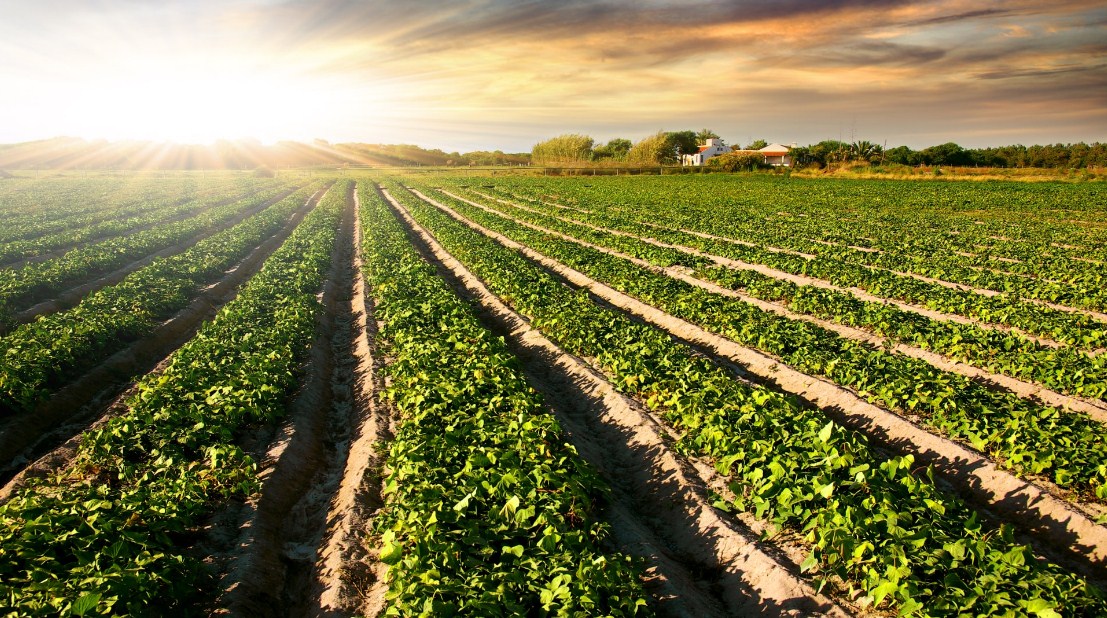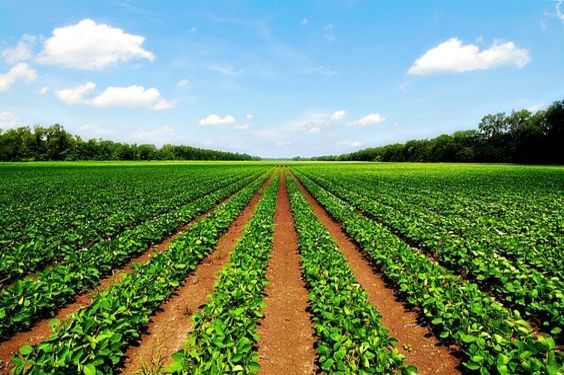Crop Rotation: The Ancient Art of Sustainable Farming
Crop rotation is a time-tested agricultural practice that involves growing a sequence of different crops on the same plot of land over several seasons. This cyclical approach offers a multitude of benefits for soil health, pest management, and overall farm productivity. While it might seem like a simple concept, crop rotation is a sophisticated strategy that has been refined over centuries, contributing to sustainable agriculture around the world.
Contents
A Journey Through Time: The History of Crop Rotation
The roots of crop rotation trace back to ancient civilizations. Farmers in Mesopotamia, Egypt, and Rome recognized the value of rotating crops to maintain soil fertility and avoid depleting essential nutrients. In medieval Europe, the three-field system became widespread, rotating cereals, legumes, and leaving a field fallow (unplanted) to replenish. This practice was crucial in sustaining agricultural communities before the advent of synthetic fertilizers.
With the rise of modern agriculture and the development of fertilizers in the 20th century, crop rotation fell out of favor in some regions. However, its importance has been rediscovered in recent decades, as concerns about environmental impact, soil degradation, and the long-term sustainability of monoculture farming (growing the same crop repeatedly) have grown.
Why Rotate Crops? The Multifaceted Benefits
Crop rotation isn’t just about tradition – it’s a science-backed practice with a wide range of advantages:
-
Improved Soil Health: Different crops have varying root structures and nutrient demands. Rotating crops helps maintain balanced soil nutrient levels, as some crops, like legumes, fix nitrogen in the soil, benefiting subsequent crops. The diverse root systems also break up soil compaction and improve soil structure.
-
Pest and Disease Management: Rotating crops disrupts the life cycles of pests and diseases that tend to specialize in particular plant species. This reduces the need for chemical pesticides and helps prevent the buildup of resistant pest populations.
-
Weed Control: Certain crops, like those with dense canopies, can suppress weed growth. Rotating these with other crops can help manage weed pressure without relying heavily on herbicides.
-
Enhanced Soil Fertility: Legumes, such as clover or beans, have a symbiotic relationship with bacteria that convert atmospheric nitrogen into a usable form for plants. Rotating legumes into the crop sequence enriches the soil with nitrogen, reducing the need for synthetic fertilizers.
-
Increased Biodiversity: Crop rotation promotes biodiversity on the farm, providing habitat for beneficial insects, pollinators, and other organisms that contribute to a healthy ecosystem.
-
Risk Reduction: Diversifying crops spreads out the financial risk for farmers. If one crop fails due to weather or pests, others in the rotation can help offset the losses.
-
Sustainable Agriculture: Crop rotation is a cornerstone of sustainable farming practices, promoting long-term soil health, reducing reliance on external inputs, and supporting ecological balance.
Designing a Crop Rotation Plan: Key Considerations
Creating an effective crop rotation plan involves careful consideration of several factors:
-
Crop Types: Select crops that complement each other in terms of nutrient requirements, growth habits, and pest and disease susceptibility. A common rotation might include cereals (wheat, corn), legumes (beans, peas), and brassicas (cabbage, broccoli).
-
Rotation Length: The ideal rotation length depends on the specific crops and the local climate. A typical rotation might be 3-4 years, but some rotations can be longer.
-
Climate and Soil: Match crops to the local climate and soil conditions. Consider factors like rainfall patterns, temperature ranges, and soil type to ensure each crop thrives.
-
Pest and Disease History: Choose crops that are less likely to be affected by pests and diseases that were prevalent in the previous season.
-
Market Demands: Take market conditions into account when selecting crops to ensure there is demand for the produce.
Practical Examples of Crop Rotation
Here are a few examples of crop rotation sequences:
- Simple Rotation: Corn – Soybean – Wheat
- Four-Year Rotation: Corn – Soybean – Wheat – Alfalfa (a legume)
- Vegetable Garden Rotation: Leafy Greens – Root Crops – Fruiting Vegetables – Legumes
The Future of Crop Rotation: A Fusion of Tradition and Innovation
As we navigate the challenges of the 21st century, the ancient practice of crop rotation is poised for a renaissance, fueled by both environmental necessity and technological advancement. Here’s how the future of crop rotation is taking shape:
- Precision Agriculture and Data-Driven Decisions:
The rise of precision agriculture, which utilizes GPS, sensors, and data analytics, is revolutionizing crop rotation planning. Farmers can now collect detailed information about soil conditions, weather patterns, and crop performance, allowing them to make informed decisions about which crops to plant and when. This data-driven approach optimizes crop rotations, maximizing yields while minimizing inputs like fertilizers and pesticides.
- Integrating Cover Crops and Green Manure:
Cover crops, planted between cash crops, are gaining recognition for their role in soil health improvement. They suppress weeds, prevent erosion, and add organic matter to the soil. Green manure, a type of cover crop that is incorporated back into the soil, further enriches it with nutrients, reducing the need for synthetic fertilizers. Integrating cover crops and green manure into crop rotations is becoming increasingly common, enhancing sustainability and long-term soil fertility.
- Climate Change Adaptation:
As climate change brings unpredictable weather patterns and extreme events, crop rotation offers a strategy for adaptation. Farmers can choose crops that are better suited to changing conditions, diversifying their plantings to reduce risk. Additionally, rotating crops with different rooting depths can help mitigate the effects of drought by accessing water at varying levels in the soil.
- Focus on Soil Health and Regenerative Agriculture:
There’s a growing movement towards regenerative agriculture, which aims to restore soil health and promote ecological balance. Crop rotation is a cornerstone of this approach, as it builds organic matter, improves soil structure, and fosters microbial activity. By prioritizing soil health, farmers can create resilient systems that can withstand environmental stresses and produce nutrient-rich food.
- Technological Innovations:
Emerging technologies, such as remote sensing and drones, are enhancing crop monitoring and providing valuable insights into crop health and growth. This data can be used to fine-tune crop rotations and identify potential problems early on. Furthermore, advances in plant breeding and genetic engineering may lead to the development of new crop varieties that are better suited to specific rotations and environmental conditions.
- Addressing Global Food Security:
With the global population projected to reach 9.7 billion by 2050, ensuring food security is a paramount concern. Crop rotation plays a crucial role in sustainable intensification, increasing agricultural productivity while minimizing environmental impact. By optimizing land use, conserving resources, and promoting soil health, crop rotation can help meet the growing demand for food in a way that safeguards the planet.
In Conclusion:
The future of crop rotation is bright, fueled by a confluence of tradition, technology, and a growing awareness of the importance of sustainable agriculture. As farmers embrace innovative tools and practices, crop rotation will continue to evolve, playing a vital role in feeding the world while preserving the health of our planet.
In Conclusion
Crop rotation is a testament to the wisdom of generations of farmers who understood the importance of working in harmony with nature. It’s a practice that not only sustains the land but also nourishes communities and contributes to a healthier planet. Whether you’re a backyard gardener or a commercial farmer, embracing crop rotation can lead to a more resilient and productive agricultural system.




